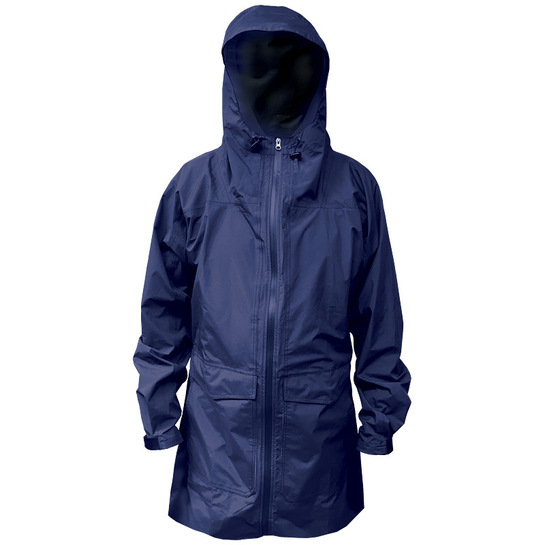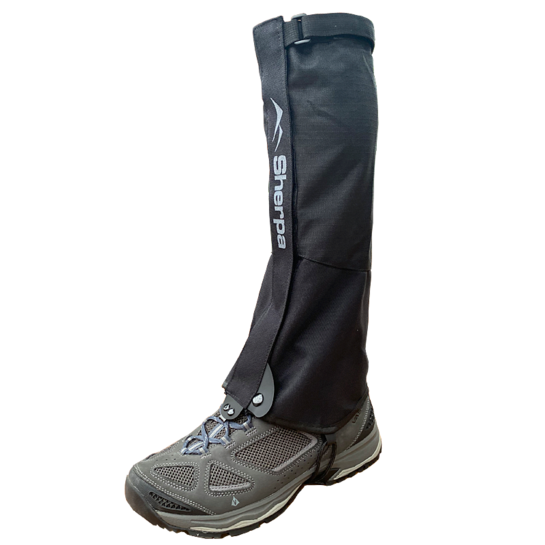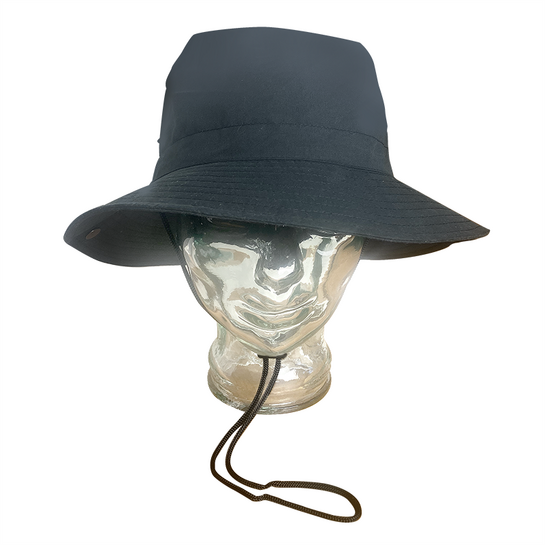This privacy policy sets out how we use and protect any information that you give us when you use this website.
We are committed to ensuring that your privacy is protected. Should we ask you to provide certain information by which you can be identified when using this website, then you can be assured that it will only be used in accordance with this privacy statement.
We may change this policy from time to time by updating this page. You should check this page from time to time to ensure that you are happy with any changes.
When we collect your personal data
We may collect some of your personal data through various methods:
- When you make a purchase or register an account on www.sherpa.com.au or at our warehouse store;
- When you use any of our related services, such as entering into our competitions online or via social media, emails, SMS messages/notifications;
- When you browse our products and services or otherwise interact on www.sherpa.com.au;
- When you interact with our customer service team or other representatives, for example, via our online chat, email, telephone calls, or face-to-face interactions;
- When you interact with us on our Social Media, such as liking our posts, commenting on our posts, private messaging us on any of our social media channels;
- When you participate in our affiliate marketing partner network; When you participate in our promotions and giveaways, initiatives or any request for additional personal information, such as customer surveys;
- When your authorised representative submits your personal information to us for any purpose reasonably authorised by you, for example if such representative is purchasing a product or service to be delivered to you or as a gift;
- When our third-party analytics, payment gateways and other service providers provide your personal information to us, which was collected by them and disclosed to us pursuant to their separate privacy policies;
- When you enter feedback on a third party review website; or
- When you voluntarily submit your personal information to us for any reason.
What we do with the information we gather
We require this information to understand your needs and provide you with a better service, and in particular for the following reasons:
- Fulfilling an order placed by you on our website.
- Internal record keeping for legal and audit reasons.
- We may use the information to improve our products and services.
- We may periodically send promotional emails about new products, special offers or other information which we think you may find interesting using the email address and/or mobile number which you have provided.
- From time to time, we may also use your information to contact you for market research purposes. We may contact you by email or phone. We may use the information to customise the website and emails sent to you according to your interests.
The types of personal information we may collect include your name, contact details, delivery addresses, email address, date of birth, your shopping or browsing behaviours, and any other personally identifiable information that you have provided us in any form you may have submitted to us, or in the course of any other forms of interaction between you and us.
We do not directly collect, store, or have access to your bank details or credit card details to process your payment or for customer service purposes. Your credit card details are collected, processed and stored directly by our third-party payment processors (Stripe, PayPal and AfterPay) pursuant to their terms of use and privacy policies. None of your credit card details are permanently stored with us. However, if you have approached us for a refund, our customer service representatives may request your bank account details when processing a refund.
Security
We are committed to ensuring that your information is secure. In order to prevent unauthorised access or disclosure, we have put in place suitable physical, electronic and managerial procedures to safeguard and secure the information we collect online.
How we use cookies
A cookie is a small file that requests permission to be placed on your computer's hard drive. Once you agree, the file is added, and the cookie helps analyse web traffic or notifies you when you visit a particular site. Cookies enable web applications to respond to you as an individual by gathering and remembering information about your preferences, allowing the web application to tailor its operations to your needs, likes, and dislikes.
We use first-party traffic log cookies in conjunction with Google Analytics to identify which pages are being visited on our website. Google Analytics collects anonymized data, which means it cannot be used to identify individual users. This information helps us analyse data about webpage traffic and improve our website to better cater to customer needs. Google Analytics processes this data for statistical analysis and reporting purposes, and the data is stored in accordance with Google's data retention policies, which typically expire after two years. While we can request the removal of data from Google Analytics, the process is subject to Google's data management policies and procedures.
We also use cookies from Microsoft Clarity and Bing for analytics, advertising, and performance purposes. These cookies help us recognize unique web browsers visiting our website and Microsoft sites and enable us to collect user information for analytics, advertising, and site optimization.
If you prefer not to have your data tracked by Google Analytics, you can opt out by using Google's browser add-on, which prevents your data from being used for analytics purposes. For more information on Google's data handling and protection, please refer to Google's privacy policy.
In summary, cookies assist us in providing you with a better website experience by allowing us to monitor the pages you find useful and those you do not. A cookie does not grant us access to your computer or any personal information about you, other than the data you choose to share with us.
You have the option to accept or decline cookies. Most web browsers automatically accept cookies, but you can typically modify your browser settings to decline cookies if you prefer. Please note that doing so may prevent you from taking full advantage of the website.
Links to other websites
Our website may contain links to other websites of interest. However, once you have used these links to leave our site, you should note that we do not have any control over that other website. Therefore, we cannot be responsible for the protection and privacy of any information which you provide whilst visiting such sites and such sites are not governed by this privacy statement. You should exercise caution and look at the privacy statement applicable to the website in question.
Controlling your personal information
You may choose to restrict the collection or use of your personal information in the following ways:
- Whenever you are asked to fill in a form on the website, look for the box that you can click to indicate that you do not want the information to be used by anybody for direct marketing purposes.
- if you have previously agreed to us using your personal information for direct marketing purposes, you may change your mind at any time by emailing us at sales@sherpa.com.au.
We will not sell, distribute, or lease your personal information to third parties unless we have your permission or are required by law to do so. We may use your personal information to send you promotional information about third parties which we think you may find interesting if you tell us that you wish this to happen.
If you believe that any information we are holding on you is incorrect or incomplete, please email us as soon as possible at sales@sherpa.com.au. We will promptly correct any information found to be incorrect.






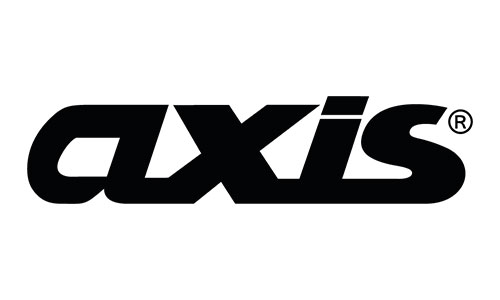















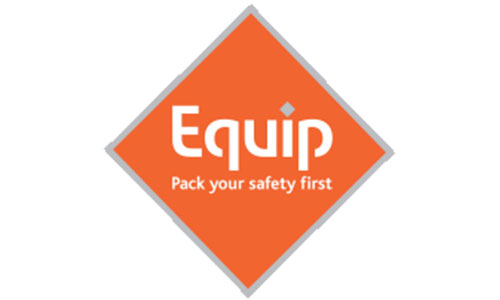



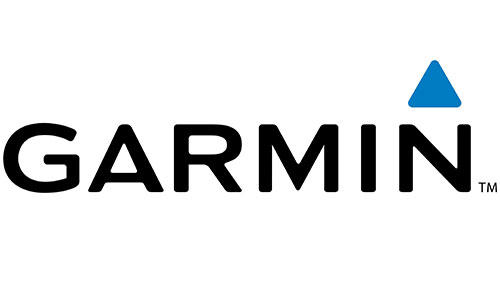

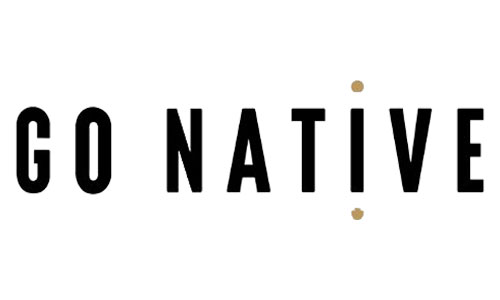







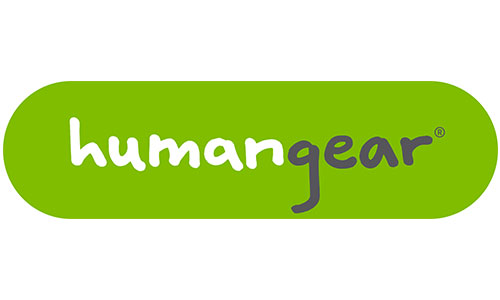
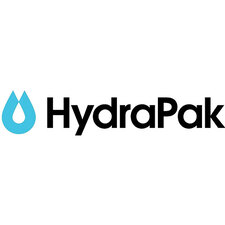
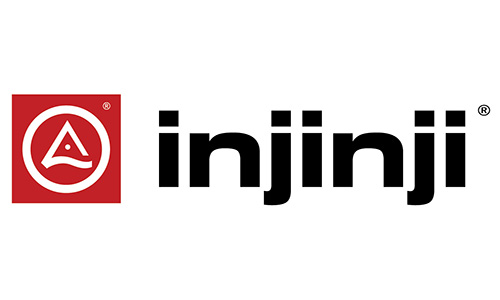

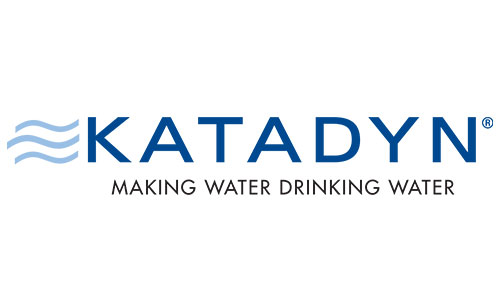

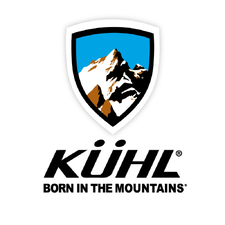





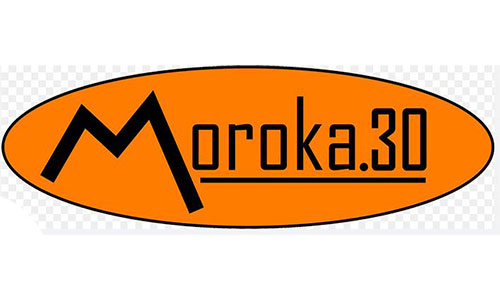
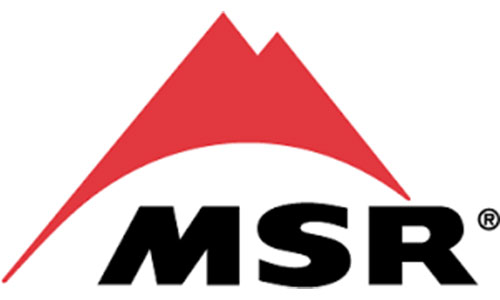
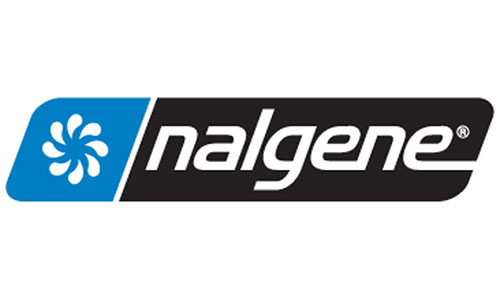






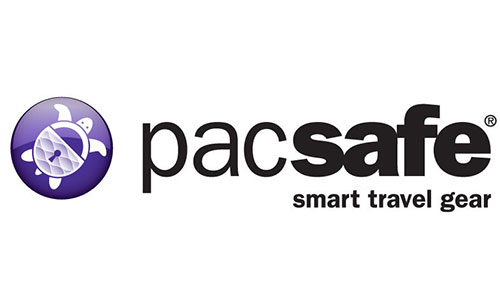
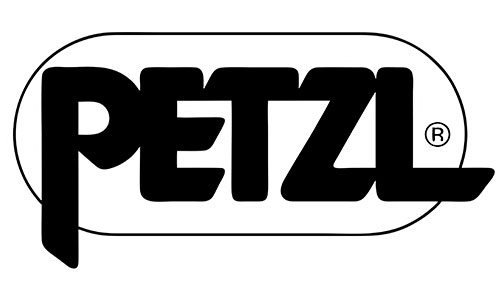










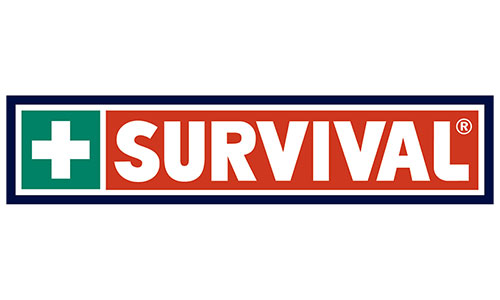



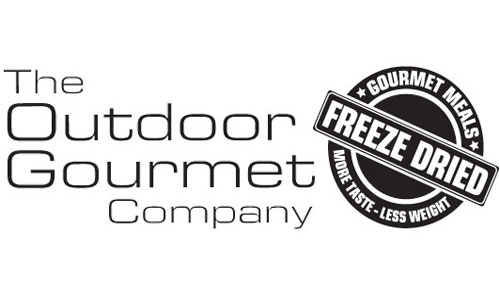





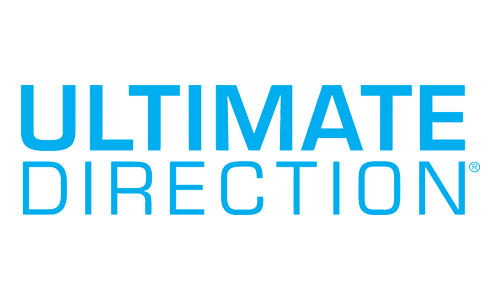













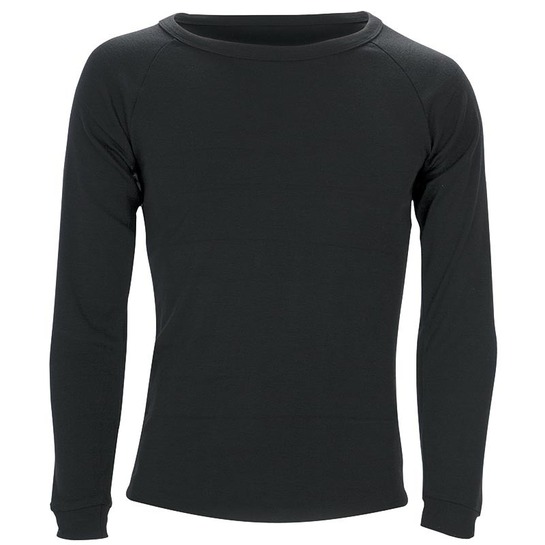

 Ships Free
Ships Free
